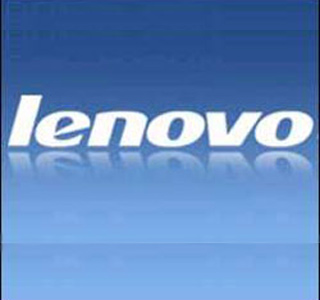 Digging among the rubble of Intel’s financial results you can’t help be struck by the ability of CIO Kim Stevenson whose department managed to make the company an absolute fortune in 2014.
Digging among the rubble of Intel’s financial results you can’t help be struck by the ability of CIO Kim Stevenson whose department managed to make the company an absolute fortune in 2014.
Stevenson’s global IT budget was just over $1 billion to provide IT for more than 106,000 denizens – which would be expected to be a black hole on Intel’s balance sheet. However she managed to generate over $351 million in revenue for the semiconductor maker.
What she did was explain to the accounts department, how her department saved the company money by using the technology that it did. Speaking to CIO Journal she said that it was important to let the company see behind the curtain and understand how value is generated.
Last year, Intel cut IT spending to 2.3% of revenue from 2.5% in 2012. The company also reduced the number of data centres globally down to 61 in 2014 from 87 in 2011.
Stevenson built several analytics projects which were designed to make the company more efficient, for example the first one involved helping salespeople become more efficient in outbound calls to resellers. The IT team got input about what a sales win looked like and created a probability model based on machine learning. It told the salespeople which resellers to call, in which order.
In 2013, Intel moved a few salespeople over to the new system and after the first quarter, they discovered that those people were five times more productive than their peers, she said.
Then her team helped the sales people change the conversation to tailor specific discussions to the reseller’s interest. In 2014, this initiative accounted for $76.2 million in revenue for Intel.
The company also used analytics to help business management teams make critical decisions related to pricing, such as when to raise or lower product prices and when to use rebates. The IT organization worked for two years to create a data model to help the company better manage prices and inventory. Part of that included a recommendation engine that helped salespeople bundle and cross sell products. Intel has set a $1 billion goal over four to five years to increase revenue.
It all paid off. In 2014, the first year, Intel increased revenue by $264 million. “We did a little better than we thought,” said Stevenson.
 Jon Peddie Research (JPR), which specialises in tracking the graphics and multimedia sectors, said that Nvidia took the lead in add in boards (AIBs) in the fourth quarter of 2014.
Jon Peddie Research (JPR), which specialises in tracking the graphics and multimedia sectors, said that Nvidia took the lead in add in boards (AIBs) in the fourth quarter of 2014.


















